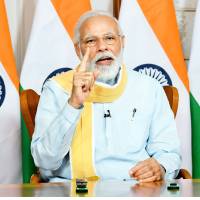India Under PM Modi
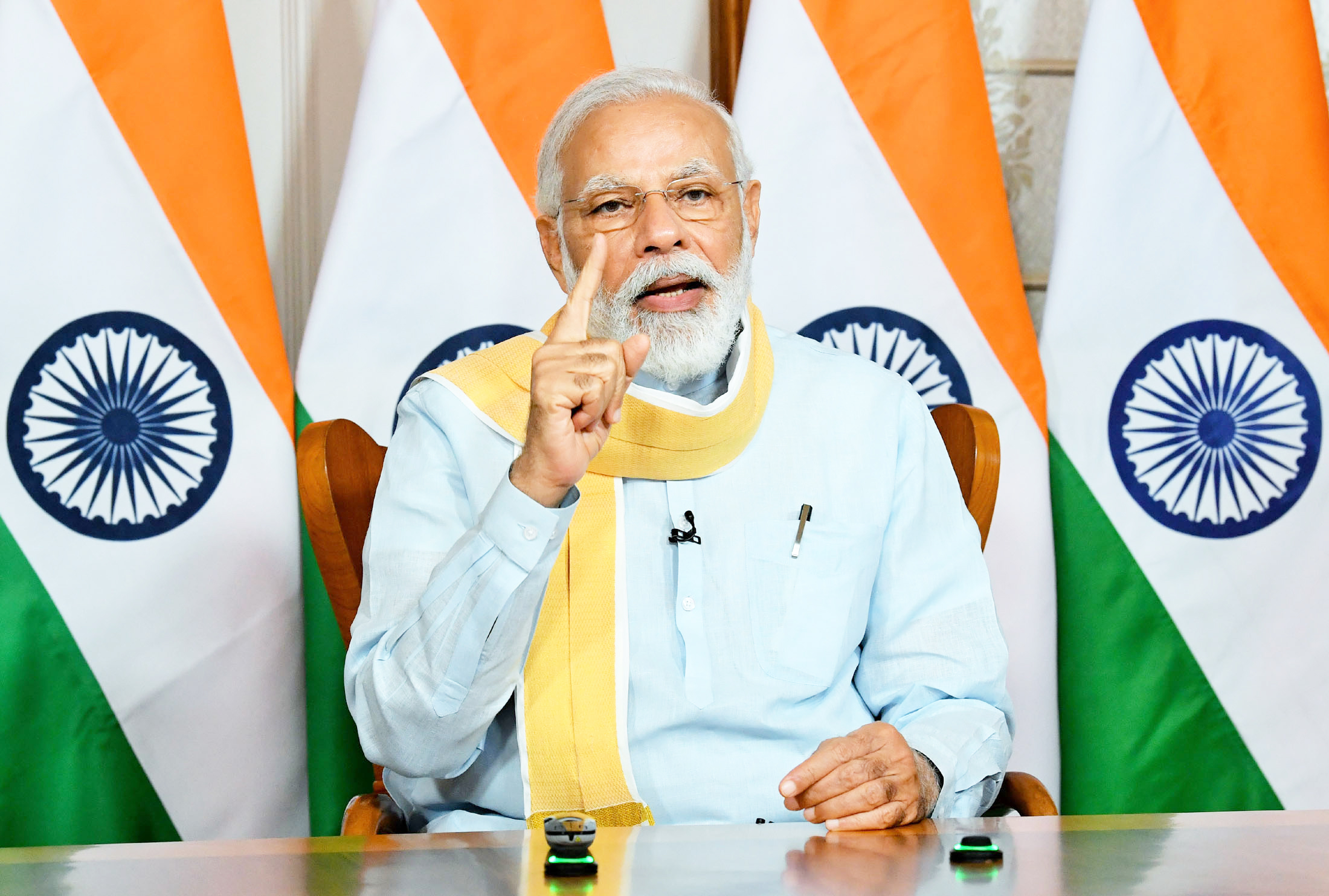
While India and Indians worldwide celebrate India’s 75th Independence day, Prime Minister Modi’s seven+ years in office marks the longest uninterrupted non-Congress government at the centre.
It’s a combination of the pull of PM Modi’s personality, a right-of-centre stream of politics, and a few lessons learned from the Congress party.
In 2007, with the BJP nowhere within striking distance of a return to power, and Modi still running for his third term as Gujarat chief minister, political commentator Swapan Dasgupta spotted the larger-than-life personality of Modi as a phenomenon in national politics. In a piece for the Telegraph, Dasgupta wrote:
“Modi is not just another politician; he is a phenomenon. The editorial classes, like the symbols of old money in Ahmedabad, may nurture an aesthetic dislike of his brashness and his refusal to genuflect before the holy cows of society, but they will no longer be able to ignore him. Moditva is certain to alter India’s landscape.”
Similarly a month after PM Modi became prime minister, Cambridge historian Shruti Kapila wrote:
“Modi’s victory has declared the arrival of a distinctive brand of conservatism as the mandated political language to direct India’s future…In India today, conservatism has acquired a kind of revolutionary import, in that it is the byword of change. Overwhelmingly, the Modi mandate is certainly not about protecting old privilege. Quite the opposite. It is all about validating the new.”
The past seven+ years stand as evidence for Prime Minister Modi’s desire to ensure development for all. Under him, the Indian government has implemented various schemes and programmes for the welfare of the Indian masses.
- One flagship program of the Modi government is the Jan – Dhan Yojana. Under this program, the formal banking sector is easily accessible to the Indian masses and thus, provides for financial inclusion.
- Another leading scheme is the Pradhan Mantri Awas Yojna, which aims at providing affordable housing to more than 4 crore people residing in rural areas.
- The Ujjwala Yojana scheme of the government to provide for the use of clean LPG gas in rural areas has touched many lives.
- The construction of roads to link villages has had a significant impact on the rural masses. This factor along with the focus on rural employment, through MNREGA, has been an impelling cause for rural development.
- The Gram Jyoti Yojana, implemented by the government, has served to supply full-time electricity supply to the rural population.
The World Sees a New India
The poor and devastated country getting freedom from the imperial rulers is now a major force in the global arena showing instances of success and sustainability and India truly has become an icon of sustainable development under the aegis of able leadership and smart administration. 73 years after independence, India has excelled in all the sectors and uplifted the life and living standards of her people that received global acclaim too.
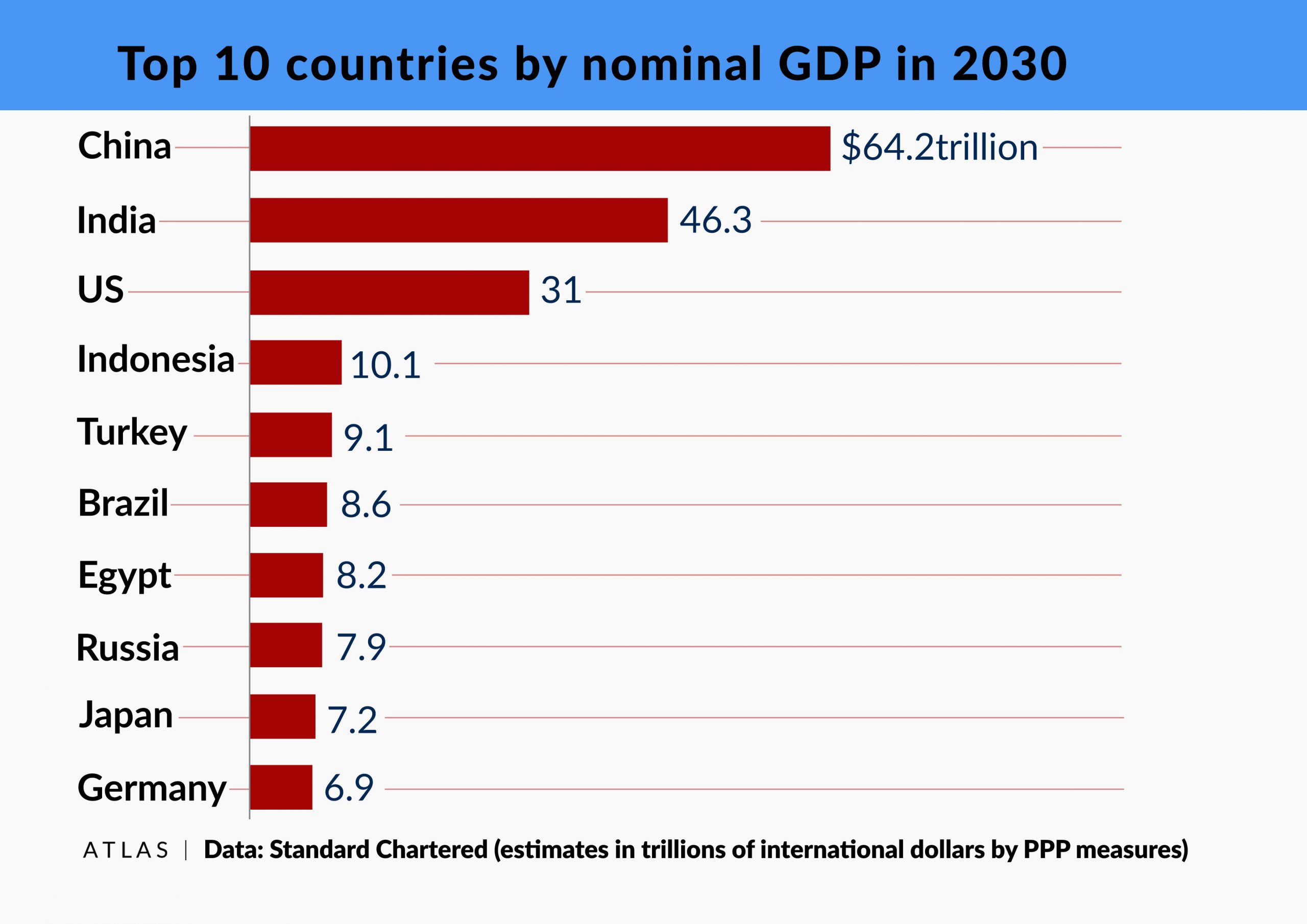
United Nations’ Voluntary National Review 2020 has highly praised the Sustainable Development Goals of India through the different developmental programs of the Government of India that has uplifted more than 271 million people from poverty and that became possible through economic development and empowerment, improved health facilities, much-improved access to child and maternal health, nutrition, drinking water, electricity and housing facilities through the Sashakt Bharat – Sabal Bharat program, meaning empowered and strong India. Other programs like Swachh Bharat – Swasth Bharat meaning clean and healthy India stresses cleanliness and improved health facilities, Satat Bharat – Sanatan Bharat or Sustainable India stresses on use of renewable energy sources where India ranks third in renewable power, fourth in wind power, and fifth in solar power globally and Samagra Bharat – Saksham Bharat meaning Inclusive and self-sufficient India that stresses on better social and civic facilities and development of entrepreneurial skills. Along with it, there is the Sampanna Bharat- Samriddh Bharat meaning prosperous India gives importance to the development of infrastructure and youth force along with improving the business and manufacturing scenario
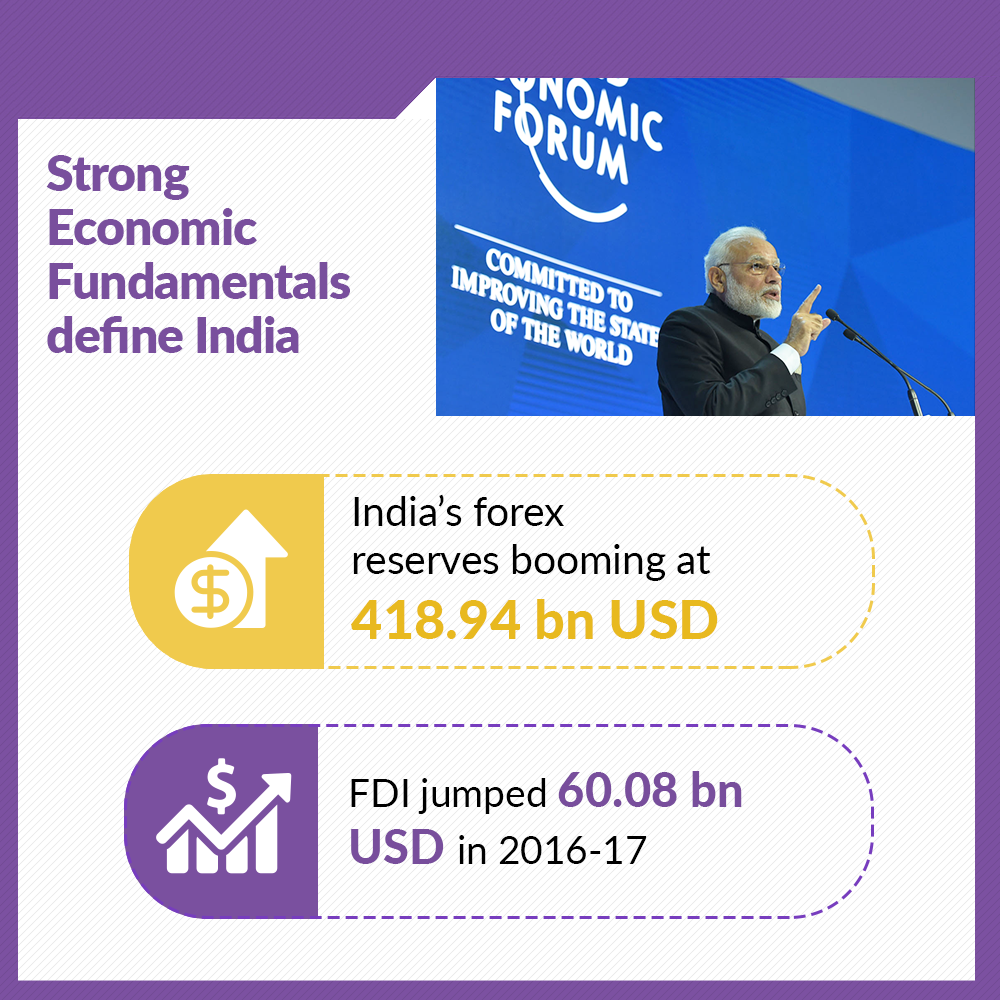
The seven+ years has led to a transformation in the perception of India around the globe, mainly facilitated by Prime Minister Modi’s growing friendship and solidarity with other leaders of the world. Under his leadership, India has secured a spot in the list of elite countries to have their own navigation systems. India’s participation in international institutions and regional forums for regional stability has also witnessed significant improvement. The modernisation of the Indian military, air force and navy has secured India’s position as a dominant power in world politics. India has also emerged as a leading country against climate change by playing a vital role in the recent climate change conference in Paris and spearheading the Solar Alliance. India has become a global growth engine as a result of the actions of the Modi administration. The current foreign policy of the Modi government committed to securing better relations with our neighbours has also led to improved bilateral ties with them. With the diplomatic efforts of India, International Yoga Day is celebrated across the globe with great vigour.
Women Empowerment
Women empowerment is a necessary prerequisite of any society, and the Modi administration has reiterated this simple fact by employing women in positions of power. Their emphasis on women entrepreneurship and financial inclusion for them has led to social progress in the society by challenging the stereotypes and virtues associated with women. The death penalty ordinance for rapists is another step towards ensuring that women are not subject to any violation. The Ujjwala Yojana of the government has provided for a cleaner environment for women by promoting clean LPG gas in rural areas. The flagship program of the Modi government – Swachh Bharat Mission – has also led to the construction of toilets all over the country for women to satisfy their sanitation requirements. The Beti Bachao, Beti Padhao programme implemented has been the driving force behind the rise in literacy rates among girls in India and smoothed the path for women-led development. Various programs and policies have also been enacted to secure the well-being of expectant mothers. In Modi’s India, women are developing leadership qualities to enable them to lead India to a new age.
Education has expanded the thought-process of common Indians, especially in the case of women. They are no longer treated as a burden of the family because her marriage will drain out the resources of the family. On the contrary, more and more women are being educated and getting appointed in various jobs, even in so-called ‘only for men’ jobs. The Gandhi Nagar Railway station in Rajasthan can be a unique example. This station is staffed by women only. From station master to the porter—all are women. Not only that, the station is clean, organized and giving good income.
The constitution has ruled that 33% of the legislative assembly or parliament seats must be reserved for women and it is well-implemented now. This has given rise to the emergence of many prominent and eminent women politicians. Corporate affairs have also categorically mentioned that companies with paid-up share capital of Rs 100 crores and above or turnover of Rs 300 crores and above must appoint at least one woman director.
Women empowerment has been prominent at the rural level too. There are women members of the Panchayats, self-help groups of women and even farming is done by women in many cases. The ‘Beti Bachao Beti Padhao’ or ‘Save and Educate the Girl-Child’ program has been immensely popular in rural India.
Not only women empowerment, but the society of Post-Independence India has also undergone several changes in its outlook. Inter-caste or inter-religion marriage is no longer taboo now. Liberalization followed by digital communication and exposure to the greater world has opened up Indian society and made it free from the irrational notions about life as a whole.
Harnessing Yuva Shakti
The past seven+ years have witnessed many positive changes, facilitated by the Modi government for youth empowerment.
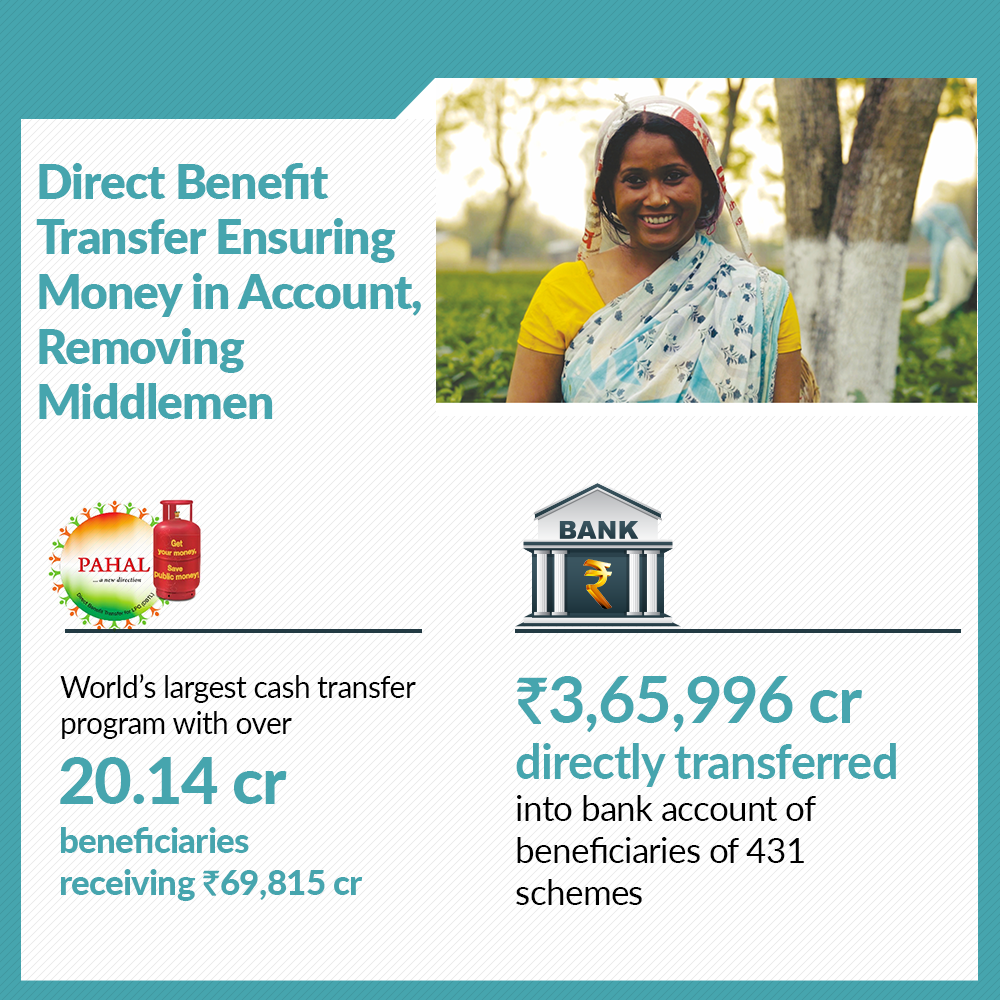
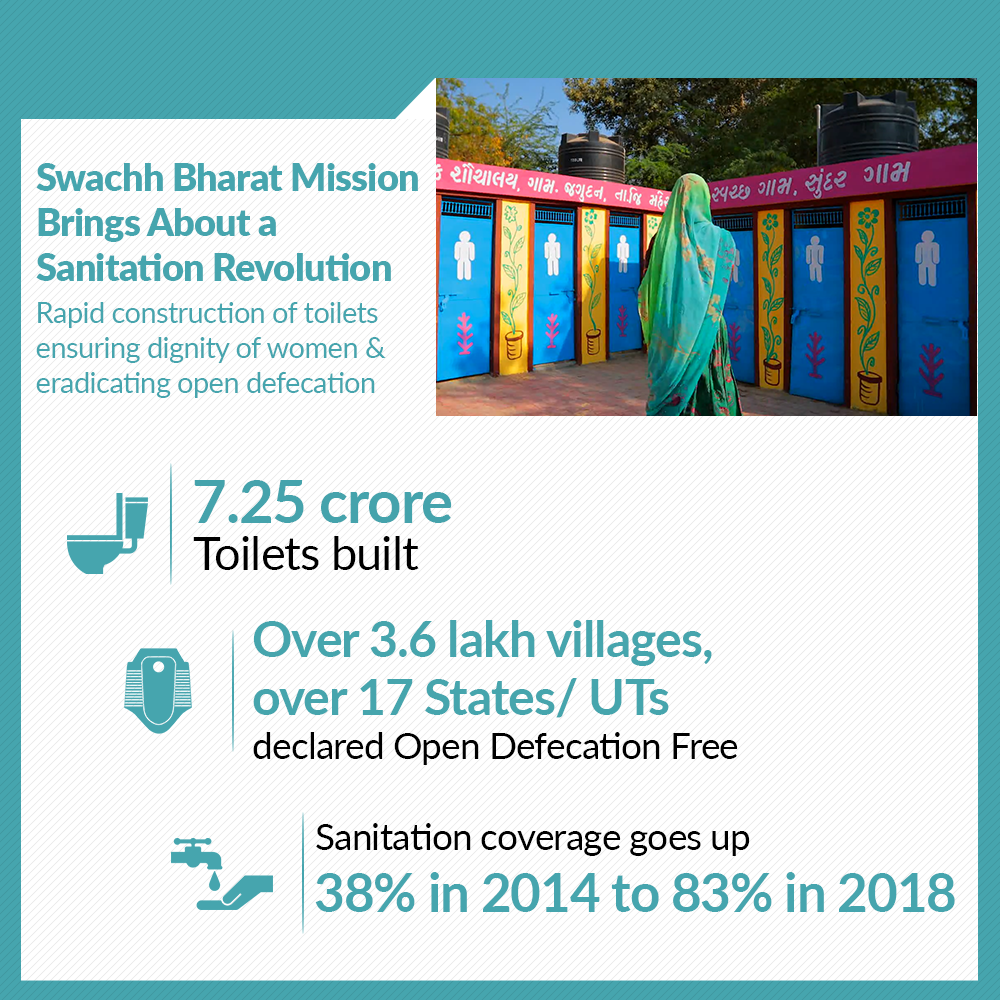
- The government’s commitment to transform ten public and private educational institutions into world-renowned ones served as an impetus for the growth of the Indian youth.
- The priority given to higher education, particularly in the case of women, has led to socio-economic benefits.
- The tax relief for start-ups has also promoted employment opportunities in the country.
- The Modi Government has also devoted time and effort for the promotion of fitness and sports in the youth.
Eliminating Corruption
In the seven+ years that the Modi government has been in power, it has taken several significant steps to eliminate this blight.
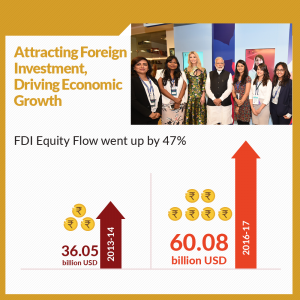
- Their zero-tolerance approach to white collar crimes was apparent in their decision to approve a new law – Fugitive Economic Offenders Bill 2018 – that targets economic offenders fleeing the country. The bill provides for the confiscation of all assets of such economic offenders.
- The government has also established another institution, i.e. National Financial Reporting Authority (NFRA) to regulate auditors.
- The most important step by the Modi Government in fighting corruption was the demonetisation process, initiated on 8th November 2016. Denominations of 1000 and 500 were taken out of circulation to weed out black money stashed in the country.
- The current Modi government also took action against over two lakh companies suspected of money laundering.
- The Benami Transactions (Prohibition) Amendment Act, 2016 also paved the way for a corruption-free India.
Accelerating Growth
seven+ years of the Modi government have paved the way for an impressive and robust 7.7% economic growth.Presently, India also holds record foreign exchange reserves as a result of the actions of the Modi administration. The GST (Goods and Service Tax) was finally implemented and has led to the steady growth of the Indian economy. The Modi government is also taking steps to ensure the acceleration of growth at the district levels. Demonetization has also resulted in higher tax compliance. The service sector, which contributes a lot to the real GDP (Gross Domestic Product), has continued to improve under the current administration. Therefore, the growth of the Indian economy can be traced back to the steps undertaken by the Union Government.
Infrastructure for New India
Since assuming power seven+ years ago, the Modi government has emphasized on creating world class infrastructure for building a New India. The government has undertaken various projects such as the Sagarmala Project (for accelerating port-led development), the Bharatmala Project (to link India from west to east), the Mumbai Trans Harbour Link project (for building the country’s largest sea bridge) and the Setu Bharatam Project (making national highways free of railway level crossings) among others to improve the present conditions of our infrastructure. The current administration has also connected various villages through the construction of roads providing significant relief to the rural masses. The Modi government has also served as an impetus for regional air connectivity, increased safety measures in railways and the development of smart cities for urban transformation. All these developmental efforts have paved the way for a better India with a strong economic base.
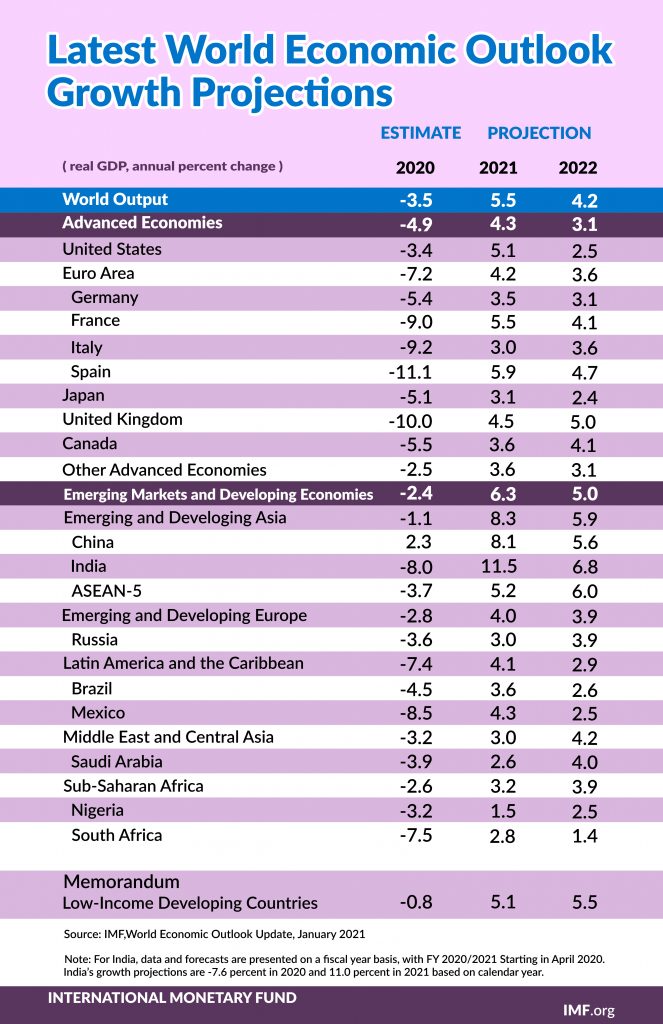
Gone are the days of poor roads and dark villages. India has achieved noteworthy success in the infrastructural development of both rural as well as urban sectors. The lengths of the national and state highways have increased to a great extent. With a total of 5.89 million kilometres, the Indian road network is the second largest in the world. This has made transport and communication of passengers, goods and services easier and less time-consuming. Along with that, the communication between the villages and the cities has also become easier.
The power sector of India has achieved great success with the development of thermal and hydel power projects. All the inhabited villages have been electrified. India is also a potential user of renewable energy and has a promising future in this sector. The leading among them is solar energy. According to a survey by the International Renewable Energy Agency (IRENA), India is the cheapest producer of solar power in the world. There are great potentials for wind, tidal, bioenergy and energy from wastes.
Honorable Prime Minister Narendra Modi in his inaugural speech at RE-Invest 2020 said that the renewable energy capacity in India will increase from 136 gigawatts (GW) to over 220 GW, by 2022.
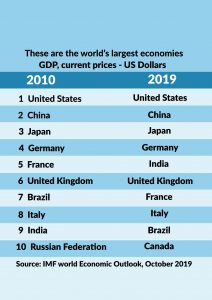
The Smart City Mission of the Government of India in June 2015 is an innovative approach to sustainability and local development. This is a great move towards urban development and improving the infrastructural and civic amenities of a city or town. The objective of this competition-based program is to promote developmental models in sustainability, quality of life and cleanliness in the cities and towns.
Speed and Scale of Transformation
India has grown exponentially in the last seven+ years since the inauguration of the Modi government. Under the current administration, there is higher tax compliance, greater financial inclusion, increased levels of employment, and unprecedented degrees of infrastructure development. Millions across the country are now connected through the construction of roads and highways. India’s macroeconomic parameters have made it an excellent investment for other countries, driving India’s economic growth. The successful launch of 104 satellites at one time only enhances India’s impressive growth trajectory. Every village has been electrified in this new India providing the impetus for rural development. The well-being of the farmers, a priority for the government, has also been ensured through the doubling of their income in the present scenario. India’s momentous rise has only occurred as a result of the progressive actions of the Modi government.
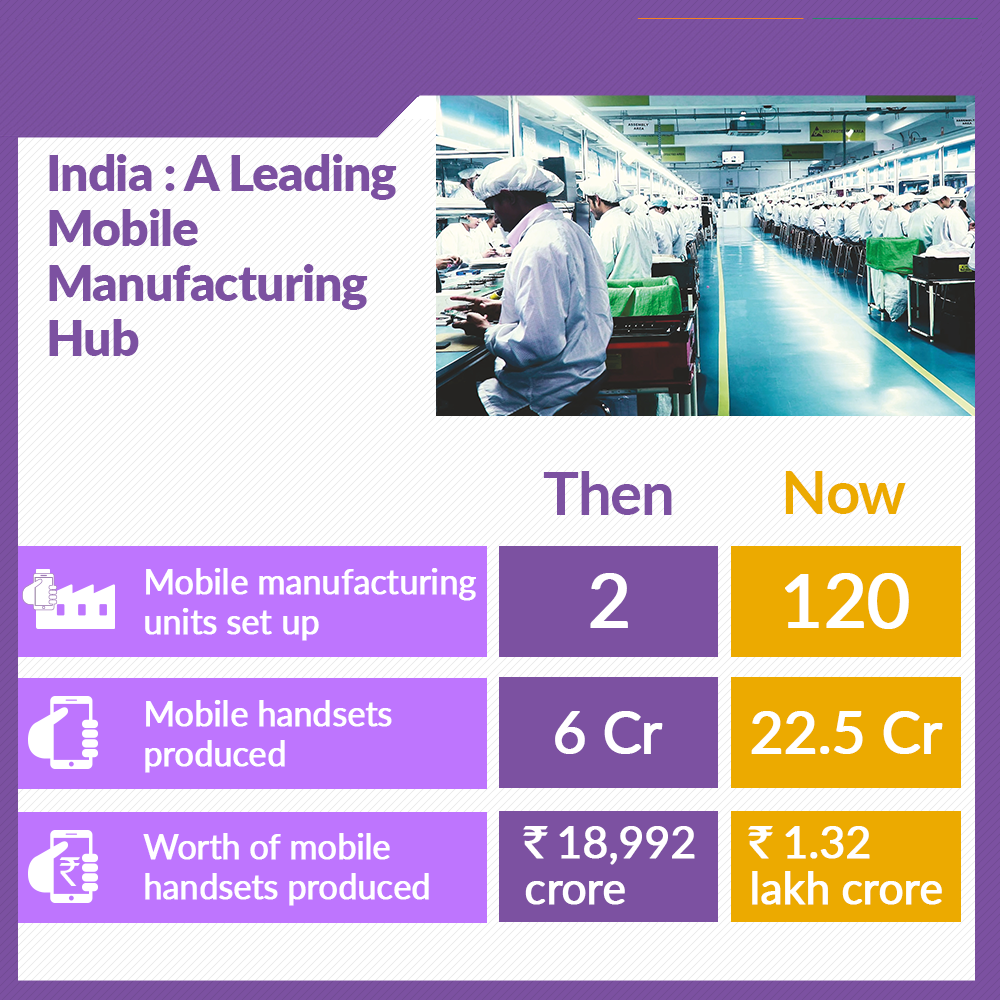
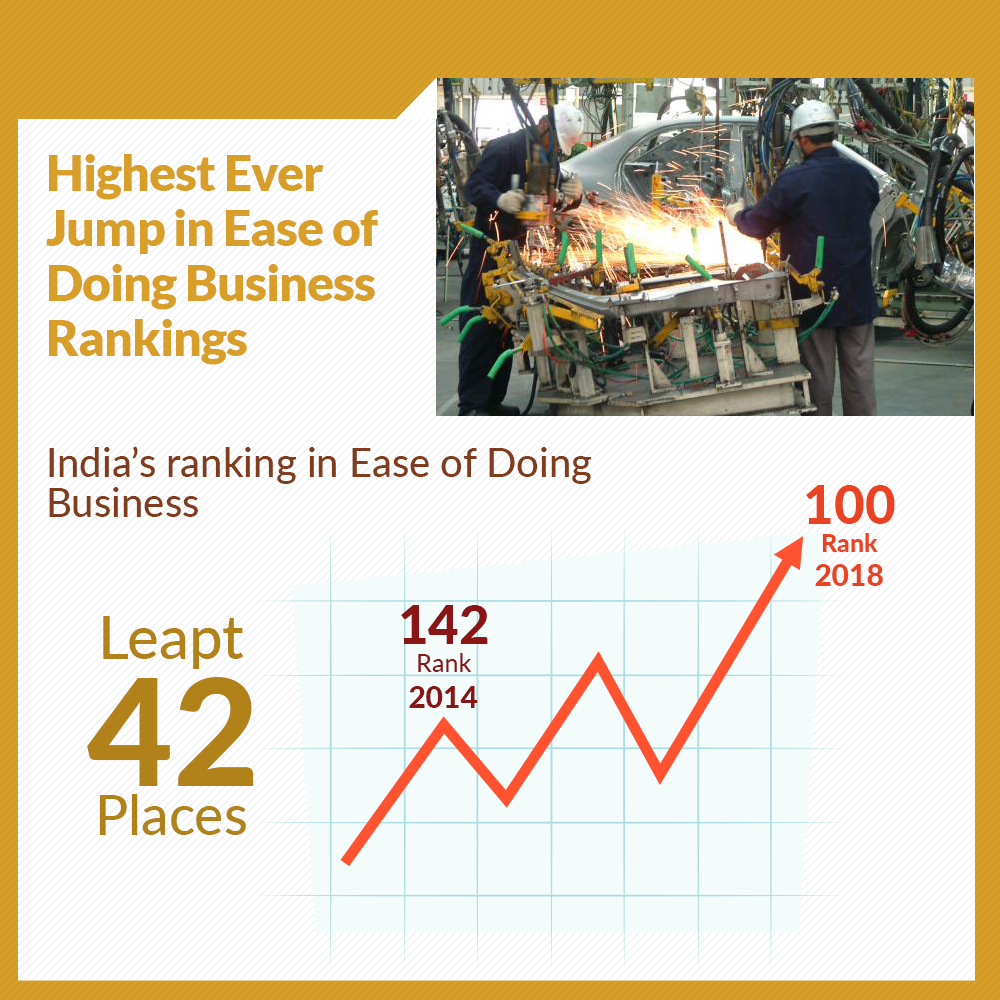
From Spaceships to Vaccines, India’s achievements in the field of science and technology have been phenomenal. The Indian Space Research Organization (ISRO) under the Department of Science has been successfully launching satellites, lunar exploration and exploration to Mars. These achievements have made India a major player in the area of space science. Satellites have created a sea change in the communication system of the country and enabled her to move ahead. In the fields of nuclear power and weapons, India has been able to develop a trend of success due to her able and competent scientists.
The Pharmacy sector of India has a noteworthy contribution in producing low-cost generic medicine and supplying them worldwide. As described by Prime Minister Narendra Modi as the Pharmacy of the World, the Indian pharmaceutical sector has also been able to produce Covid 19 Vaccines in her laboratories.
The telecommunications and Information Technology sectors have revolutionized India’s communication system and made the lives of common people easier and convenient along with developing the economy and creating a lot of employment opportunities for the youth.
The relentless efforts and initiatives of the scientists of India have been able to make her agricultural sector green and prospective with projects like Green Revolution and White Revolution. Not only in terms of achievements and accreditations but Indian science and technological development have also been able to elevate the lives of the common Indians.

